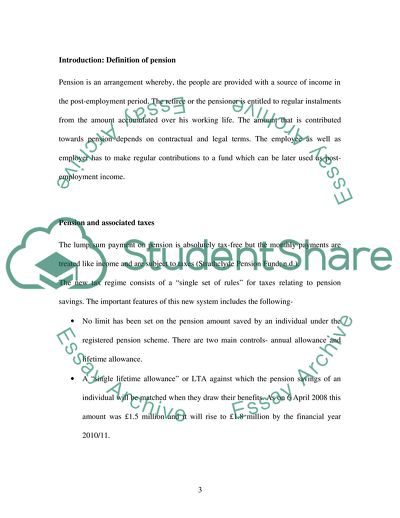Cite this document
(Pension and Taxation Case Study Example | Topics and Well Written Essays - 2500 words - 1, n.d.)
Pension and Taxation Case Study Example | Topics and Well Written Essays - 2500 words - 1. https://studentshare.org/finance-accounting/1742794-taxation
Pension and Taxation Case Study Example | Topics and Well Written Essays - 2500 words - 1. https://studentshare.org/finance-accounting/1742794-taxation
(Pension and Taxation Case Study Example | Topics and Well Written Essays - 2500 Words - 1)
Pension and Taxation Case Study Example | Topics and Well Written Essays - 2500 Words - 1. https://studentshare.org/finance-accounting/1742794-taxation.
Pension and Taxation Case Study Example | Topics and Well Written Essays - 2500 Words - 1. https://studentshare.org/finance-accounting/1742794-taxation.
“Pension and Taxation Case Study Example | Topics and Well Written Essays - 2500 Words - 1”. https://studentshare.org/finance-accounting/1742794-taxation.


